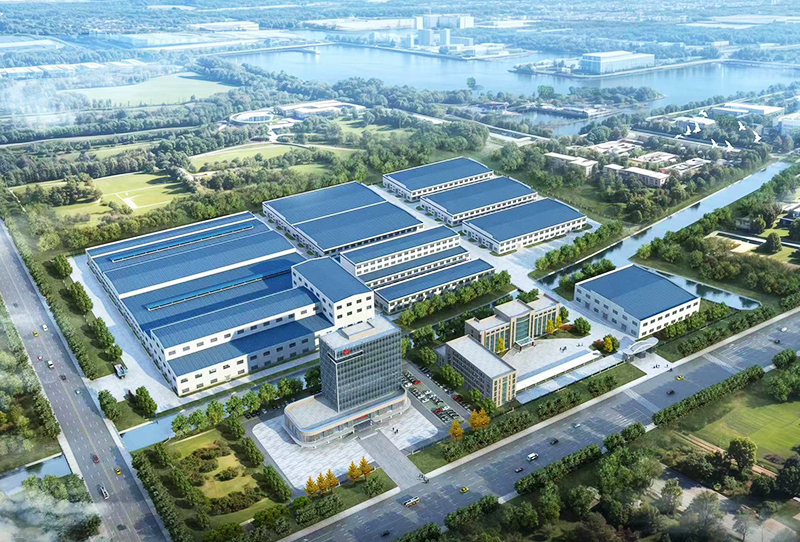- E-mail: admin@yaweitransformer.cn
- Tel: +86-18862719076
The insulation grade refers to the heat resistance grade of the insulating material used, which is divided into A, E, B, F and H grades. The specific allowable temperature rise standards of each insulation level are as follows: Allowable temperature (℃) A:105 E:120 B:130 F:155 H:180 winding temperature rise limit (℃) A:60 E:75 B:80 F:100 H:125 transformer epoxy castables have F, H and other grades. Generally, the resistivity of epoxy resin is not a problem, and there is some difference in breakdown voltage, but the difference is not large. In the epoxy potting material of dry transformer, grade F and H mainly indicate the heat resistance grade. At present, more companies produce F-class transformers, but with the upsizing of transformers, the heat resistance requirements are getting higher and higher, so the demand for H-class transformers is more.
Transformers are widely used in local lighting, high-rise buildings, airports, terminals, CNC machinery and equipment and other places, simply said transformer refers to the iron core and winding is not impregnated in the insulation oil transformer. Cooling methods are divided into natural air cooling (AN) and forced air cooling (AF). When air cooled naturally, the transformer can run continuously for a long time under the rated capacity. When forced air cooling, the transformer output capacity can be increased by 50%. Suitable for intermittent overload operation, or emergency overload operation; Due to the large increase in load loss and impedance voltage during overload, it is in a non-economic operation state, so it should not be kept in continuous overload operation for a long time.
